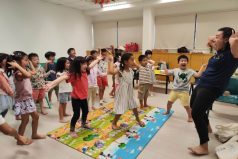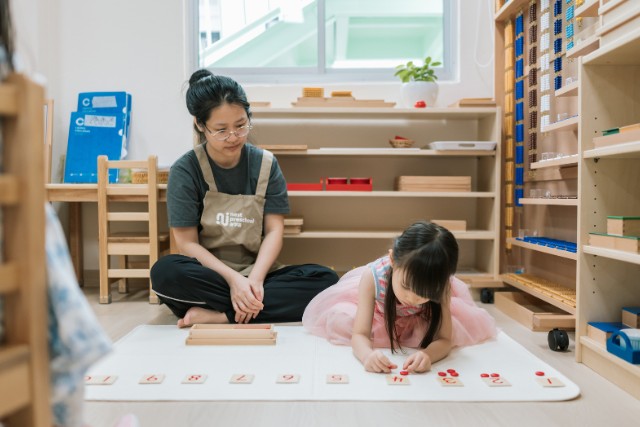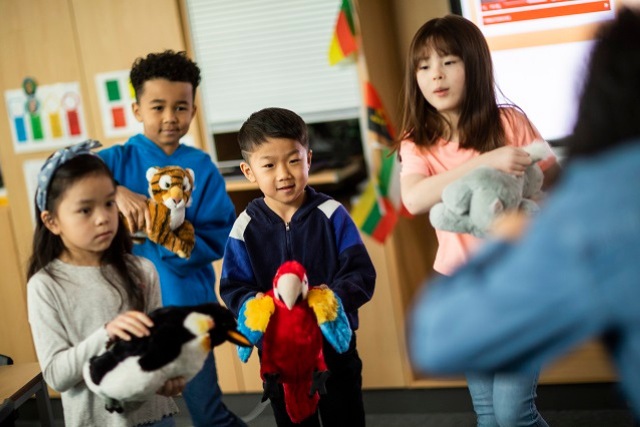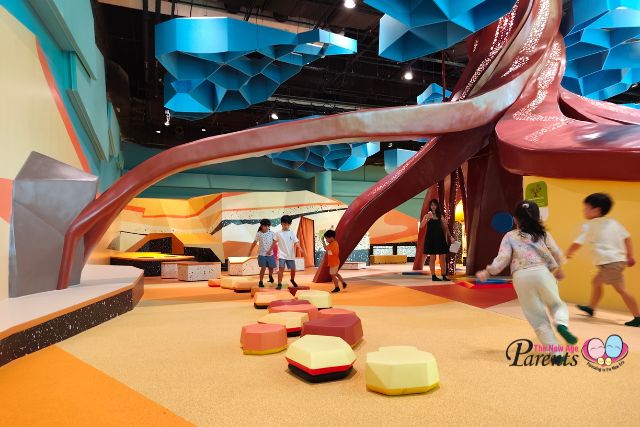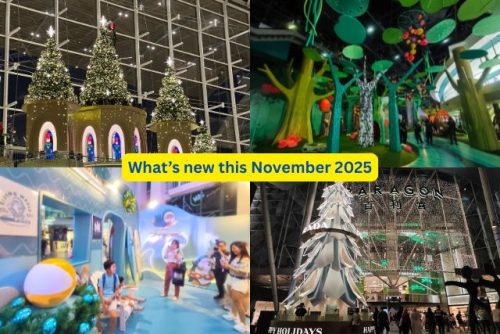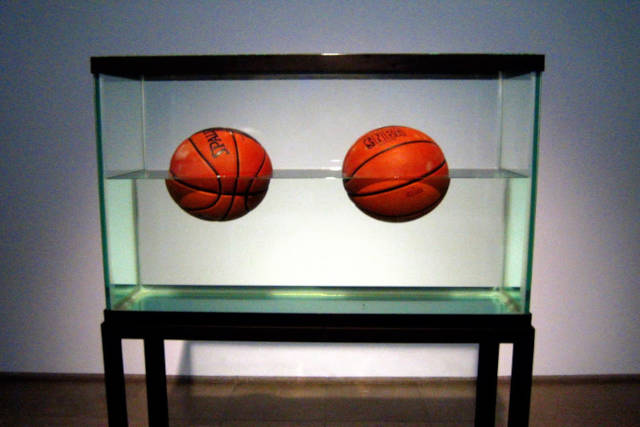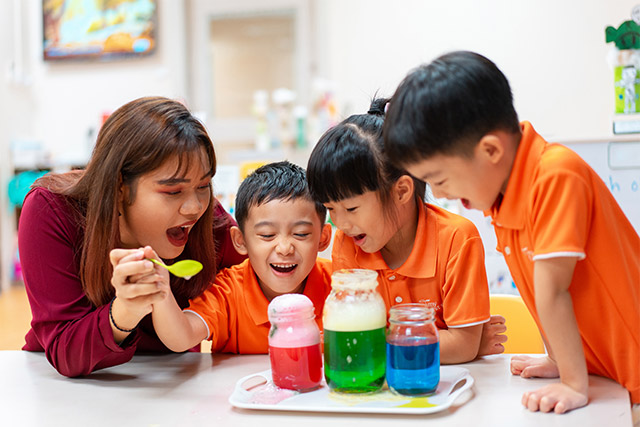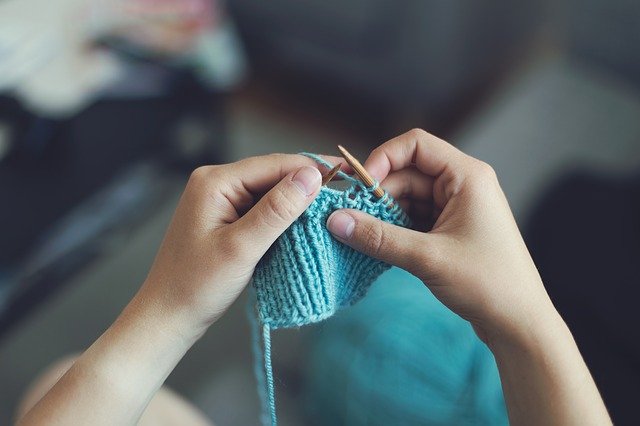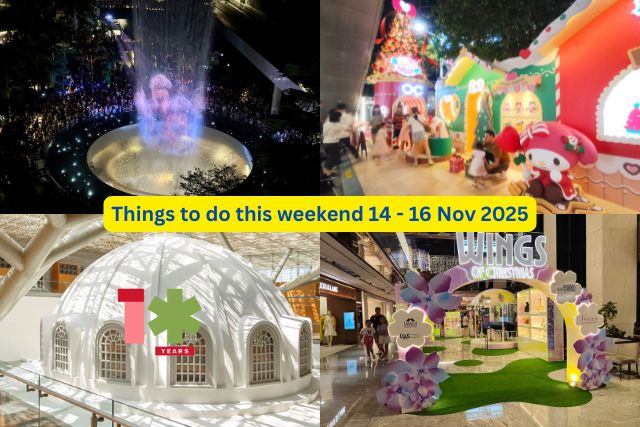All of us are no strangers to STEM. The acronym, which stands for Science, Technology, Engineering and Mathematics, was introduced almost two decades ago by scientific administrators at the U.S. National Science Foundation (NSF), to champion careers that embodied integrated knowledge and skills.
Since then, it has made its way across national borders into local workforces, and subsequently, classrooms, to empower young learners.

Fast forward 19 years and the buzzword that is taking over modern-day, tech-enabled classrooms is STEAM. Very simply put, this new movement from STEM to STEAM refers to the inclusion of the Arts into the time-honoured STEM, to give rise to a new unified, multidisciplinary field that encourages learners to think more broadly about the world.
Why STEAM?
Traditional education has often treated science and arts as two polar opposite fields of study, but with STEAM, we see that arts and science are really two sides of the same coin.
Both artists and scientists strive to understand the world in new ways and to communicate that vision through technology and design. Both are important and both make life better.
While STEM skills are indeed critical for advancement in today’s digital world, Art is a crucial component towards building lifelong critical and creative thinking for the new world. Essentially, STEAM integrates creativity and design thinking to drive discoveries.
Take the iPhone for example, it is a cutting-edge gadget that combines innovation, technology with distinctive design and craftsmanship. With STEAM, we’re able to unlock the greatest potential for creativity, enhancing our ability to innovate, collaborate, and think outside the box.
STEAM for Young Learners
While STEM can come across as intimidating to children, the inclusion of the arts makes it more approachable and enjoyable to learn. Children are natural scientists and artists – they are curious about how the world works and they enjoy tinkering.
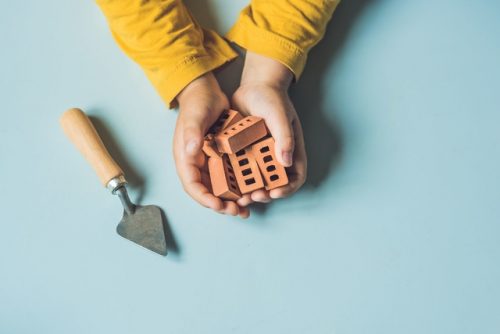
While not every child may grow up to become a scientist, engineer or designer, it is important for every child to grow up knowing how to think like one and STEAM learning fosters just that – how to be creative, how to solve problems effectively and how to think critically.
As the world evolves into a more tech-driven and innovation-dependent world, it is important for children to be equipped with STEAM-related skills that would give them an edge in the workforce.
In addition to seeking a career in industries related to science, technology, and design in the long term, learning STEAM disciplines also instils life skills from a young age, such as figuring out their own formula to finding solutions for problems big and small.
Nurturing STEAM Skills within the Home
STEAM is a part of everyday life, so it makes sense that children explore these subjects in a natural way through their daily activities, rather than isolating learning to a few hours each day.
Look for ways STEAM concepts arise in your routines and point them out to your child. For example, on a trip to the grocery store, ask your child where he or she thinks fruits and vegetables come from or when reading a book, ask about the combination of colours that make for a great picture.
STEAM can also be cultivated through sensory playtime. To name a few examples, this could be in the form of pretend-play, where you can encourage your child to put on some costumes and music and use their imagination to create fun, or exploratory play, through the form of art projects or science experiments, to empower children to get curious, to take things apart and to put them back together.
➡️ Related Read: Kids STEM Toys by Tinkerer
Parents can also tap on available resources from established educational institutions to further facilitate STEAM learning. At Science Centre Singapore, for instance, the months of October to November mark a brand-new suite of blended learning digital-first events to fuel a fun and meaningful discovery of pivotal 21st century STEM skills, and how they interface with Arts and Humanities.
Titled UNTAME, the learning journey commences with the second annual STEAM Festival for Young Learners, followed by a STEM Conference for educators and industry professionals, and finally, culminates with UNTAME: Beyond Boundaries, an inaugural STEM-based virtual festival for the whole family.
Through resources like these, parents are able to introduce STEAM skills to their children through a host of educational and sensorial play-based experiences.

Finally, whichever activity you choose for your child, always encourage them to ask questions – as many and as often as possible. By asking questions like “Why is the sky blue?” or “How does Spiderman hang on walls?”, kids get to exercise curiosity, stretch their imagination and even develop a problem-solving mentality as they seek to find answers to these questions.
STEAM learning happens naturally as children explore, play, and try new things. It does not have to utilise the latest educational toy in the market or the most expensive building materials.
Instead, it thrives on helping your child seek adventures in their everyday lives, through the extraordinarily ordinary things around them. Before long, you’ll find yourself raising a child who is not just acutely critical, but also wonderfully creative.
This article is contributed by Associate Professor Lim Tit Meng, Chief Executive of the Science Centre Board. A noted figure in the local science academic field, he concurrently holds the position of Associate Professor at the Department of Biological Sciences, National University of Singapore (NUS).
* * * * *
Like what you see here? Get parenting tips and stories straight to your inbox! Join our mailing list here.
Want to be heard 👂 and seen 👀 by over 100,000 parents in Singapore? We can help! Leave your contact here and we’ll be in touch.












